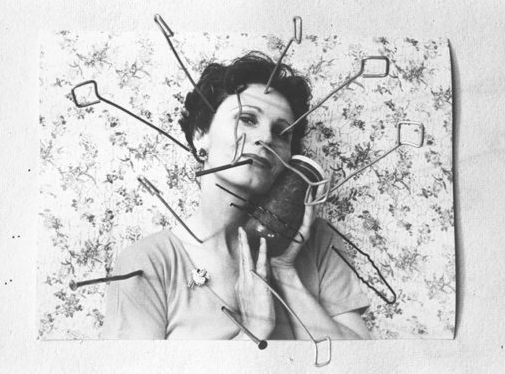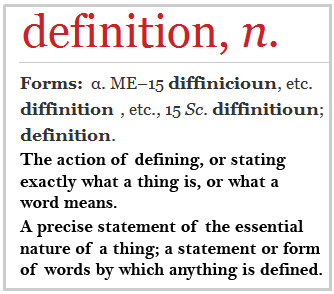![]()
Avant-garde; Avantgarde; Avant-garde photography; Avant-garde movement

Karin Mack, Zersto¨rung einer Illusion, 1977© Karin Mack
In the tradition of avant-garde feminist photographers of the 1970’s.
(Not full size).
Avant-garde
The term refers mainly to artists, photographers, directors, writers, composers and philosophers. A cultural term, it is from the French meaning, “vanguard”, “advance guard”, or literally “fore-guard”. The Avant-garde are people who are innovative and “cutting edge”. They work on experimental, pioneering, radical, or unorthodox things. Their work leads a new movement in art, culture, or society. The term arose in the early to mid-twentieth century. Today we use the term to describe modern groups too.
People seen as avant-garde by the public probably do not refer to themselves in that way. The artists work or think outside of current ideas and norms, they are focused on their own interests. So, to them, their work is the ‘norm’. As a result, it is the critical public who use the label. The label shows the artist(s) as different.
Where the term avant-garde is applied, it is usually in retrospect. Often, the artists are little known when they do their signature works. Hence, the term is used later when it is possible to view the position of an artist or group.
Avant-garde movements
New art or culture movements are not deliberate acts by artists. They are more of a forging of ways of thinking into a new viewpoint. Key individuals are often involved, influenced by social or cultural trends. Consequently, they create a contrary, or revolutionary new view. This comes out of some aspect of their art or thinking.
Movements take time to establish. They are not close allegiances. Instead, they are complex social or cultural groupings. They become movements because they are at one place, or share ideas, motives or methods.
The avant-garde often push boundaries of accepted norms beyond the ideas of the status quo. As a result they often do not get widely noticed for years due to their contrary views.
Avant-garde movements are a force for new thought and change in art, society and culture. Artists may have similar styles or interests around particular methods. However, the various interpretations and skills of the artists create the thrust of the movement. The group creates controversy or contrary views. They critisise established ideas and seek to open the public’s eyes to the new and different.
Avant-garde photography
The term is used where the artist is being innovative and experimental in an aspect of their art. The Avant-garde in photography are critical of existing aesthetic views. They reject conventional and established norms in photo-art or photo-method.
An example of avant-garde photography is the 1970’s feminist movement. They followed feminism and the emancipation movements. These included contemporary views on civil rights, human rights and gender equality. Exploring these themes reflect many of the political issues at the time. They also addressed personal ideas and social placement.
The feminists often used their own bodies as as subjects. As artists they confronted public opinion and convention. The issues were common at the time. They tackled:
- female sexuality,
- male-orientated culture,
- sexism in art,
- culture and society,
- female identity,
- views of women.
Feminist artists of the time include…
Search Google images for avant-garde feminist photography ![]() .
.
Other movements
Other avant-garde movements including photography were Dada ![]() and Surrealism
and Surrealism ![]() . These were movements of the early 1920’s and 1930’s. Of course there have been others. However, an examination and detail of these lie beyond the scope of this article.
. These were movements of the early 1920’s and 1930’s. Of course there have been others. However, an examination and detail of these lie beyond the scope of this article.
Search Google images for “General avant-garde photography ![]() “.
“.
Photographic Glossary – Definitions, articles and resources.Karin Mack – personal website :: seen 07/07/2017
Martha Rosler
Cindy Sherman
Valie Export
Birgit Jürgenssen
Search for images on avant-garde feminist photography
Dada
Surrealism
General avant-garde photography
Comments, additions, amendments or ideas on this article? Contact Us

Damon Guy (Netkonnexion)
Damon is a writer-photographer and editor of this site. He has also run a major website, a computing department and a digital image library. He started out as a trained teacher and now runs training for digital photographers.
See also: Editors ‘Bio’.
By Damon Guy see his profile on Google+.
Contribute A Definition?
Send us a definition for our list of photographic words and phrases. Simply write a clear definition and send it in. Include an original picture if you wish. Give us your name and a link to your website and we will credit your work.
 Photokonnexion tips by email
Photokonnexion tips by emailIf you enjoyed this article please sign up for our
email service.
Find out more…

